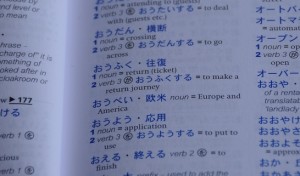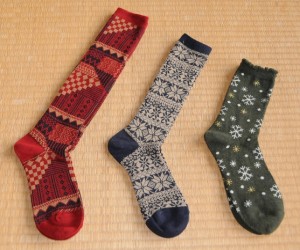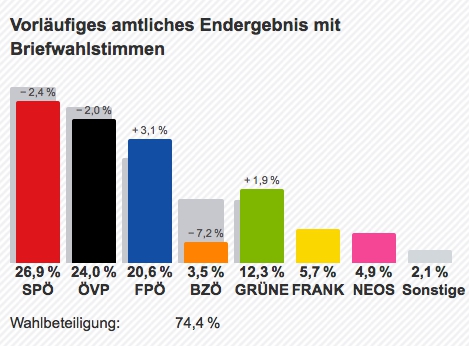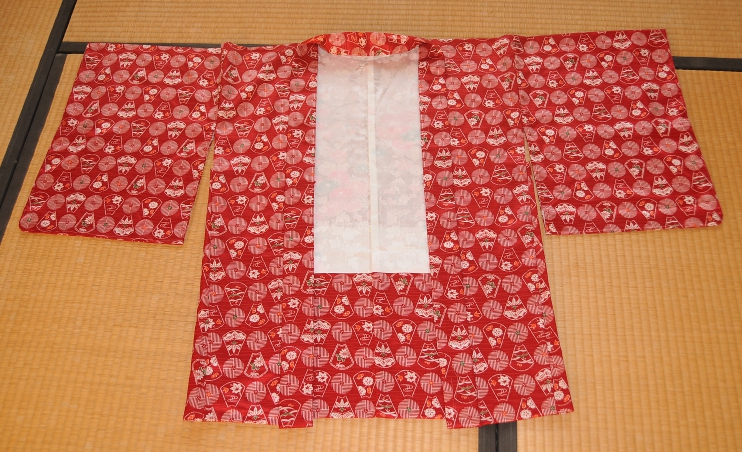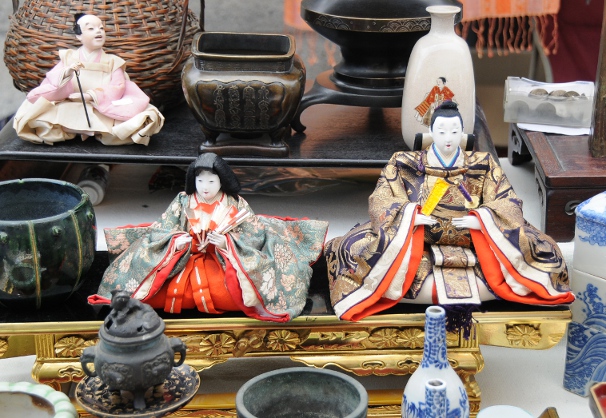Japan lies on the border of the Asian and the Philippine plate in the South and the Pacific Plate in the North. In fact, Japan’s East coast almost coincides with these borders. Obvious proofs of this are the constant little earthquakes (most of them below the perception threshold though), the many volcanoes (Mount Fuji being the largest), and the countless onsen, hot springs, dotting the landscape, which are probably the most pleasant of all evidence. Many of those hot springs are not simply hot water, but the water often has minerals dissolved in it. For example, I have visited an onsen near Nikko with sulphuric water. It had a distinctive yellow colour, and the whole onsen town smelled rather hellishly – as did I for the rest of that afternoon…
Going to an onsen can be considered a national pastime of the Japanese, and there is something for any taste and in any price class. The vast majority of the hot springs can only be accessed through a hotel – may it be a tiny local ryokan or a huge hotel resort with 500 rooms. You need not stay there to enjoy the bath though: Outside guests are always welcome, if only for a small fee, which may or may not include the rent for a towel, which is often tiny and meant only to cover certain body parts when walking between the bathtubs.
From there it is straightforward: First leave your shoes behind at the entrance, then your clothing and other stuff in the changing room – most often in a basket or on a simple shelf, but coin lockers may be available too. And then, off into the bathroom – and the first stop here are the showers. Japanese style of course, which means there is a small stool on which you have to sit and clean yourself. Usually there is some body wash and shampoo available, but many people bring their own anyway. Japanese women especially seem to take a visit to an onsen as a way to really pamper themselves – the amount of little tubes and ointments and other beauty equipment they bring, often in a special plastic basket, is unbelievable, and applying them all before and after the bath can take considerable time! When you feel clean enough, rinse the spot you’ve occupied and then off to the tubs it goes!
 The water in the tubs is usually not more than knee-deep, so jumping in (head first) is not a good idea. There can be as little as a single tub inside (and sometimes outside), but I have also been to an onsen with 8 bathtubs in total, including two Jacuzzis, two large tubs outside, and one with cold water for after the sauna. When there are more tubs the water often has different temperatures, from the barely lukewarm (or even ice cold if there is a sauna available) to scalding hot for the hardcore onsenista. Take your time and enjoy the hot water as long as you like – or you can stand it!
The water in the tubs is usually not more than knee-deep, so jumping in (head first) is not a good idea. There can be as little as a single tub inside (and sometimes outside), but I have also been to an onsen with 8 bathtubs in total, including two Jacuzzis, two large tubs outside, and one with cold water for after the sauna. When there are more tubs the water often has different temperatures, from the barely lukewarm (or even ice cold if there is a sauna available) to scalding hot for the hardcore onsenista. Take your time and enjoy the hot water as long as you like – or you can stand it!
Once you’re done soaking, you can take another quick shower and get dressed again. The dressing rooms, especially in the high-end onsen, are equipped with hairdryers and seats in front of mirrors; tissues, cotton buds, combs… The only thing that is not provided (and I keep forgetting to bring myself) is body lotion.
To wrap up an onsen evening in true Japanese fashion, there’s only one thing left to do: Have a glass of milk directly afterwards. The Japanese claim that milk drunk after the onsen tastes differently, and many onsen even have vending machines selling milk, but I cannot confirm that. Maybe it’s worth another try?
In general, I find going to an onsen just as pleasant as the Japanese, and it’s possible to do it year-round. Although it sounds counter intuitive, even in the summer going to an onsen is a very refreshing experience. Of course, it is much more pleasant to do it during winter time, when you can slip outside in the snow, freezing with only your towel, and then enjoy the falling snow from inside the hot tub…
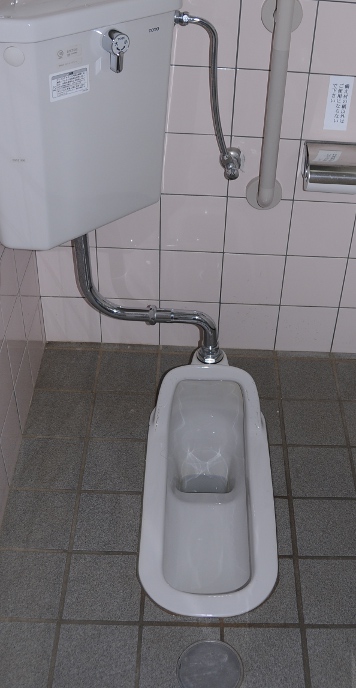 This sight usually elicits a well trained string of responses on my part:
This sight usually elicits a well trained string of responses on my part:
